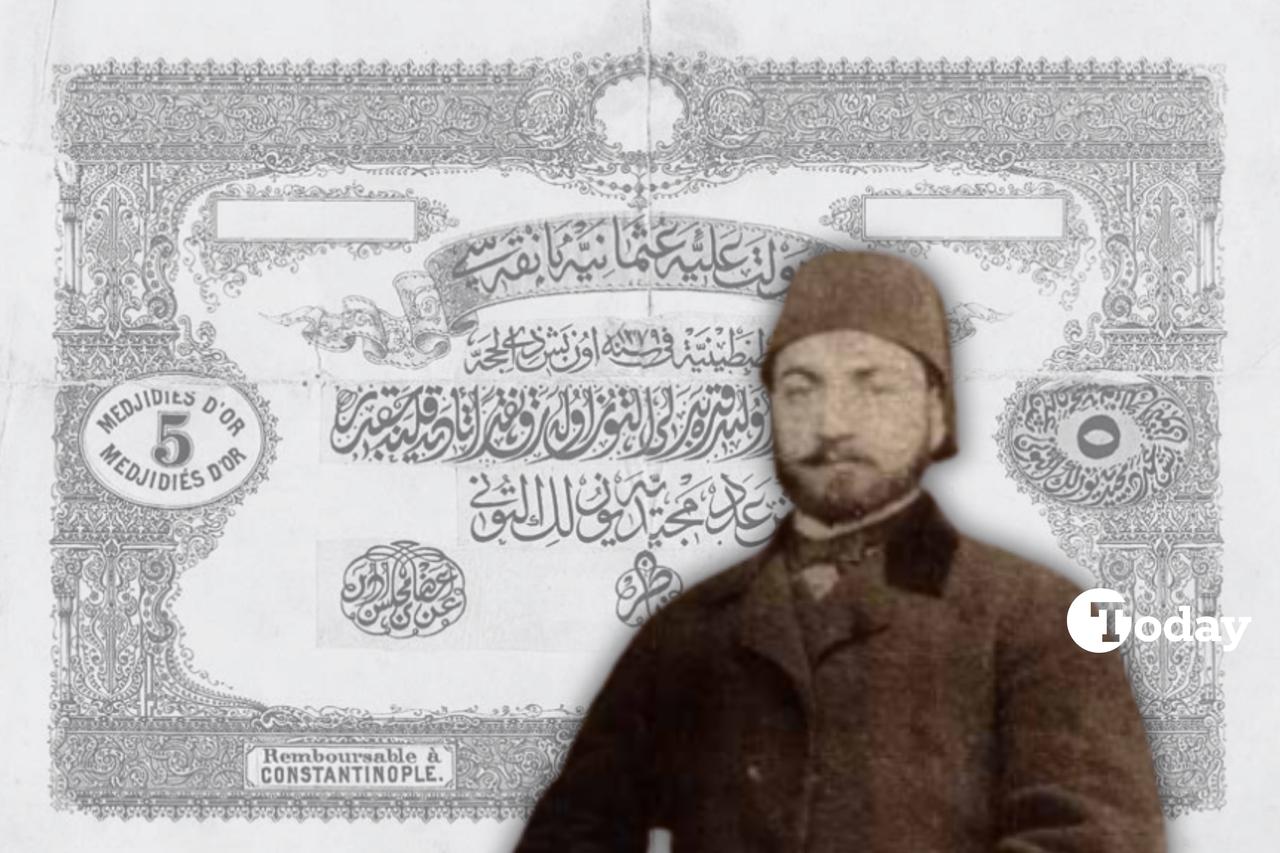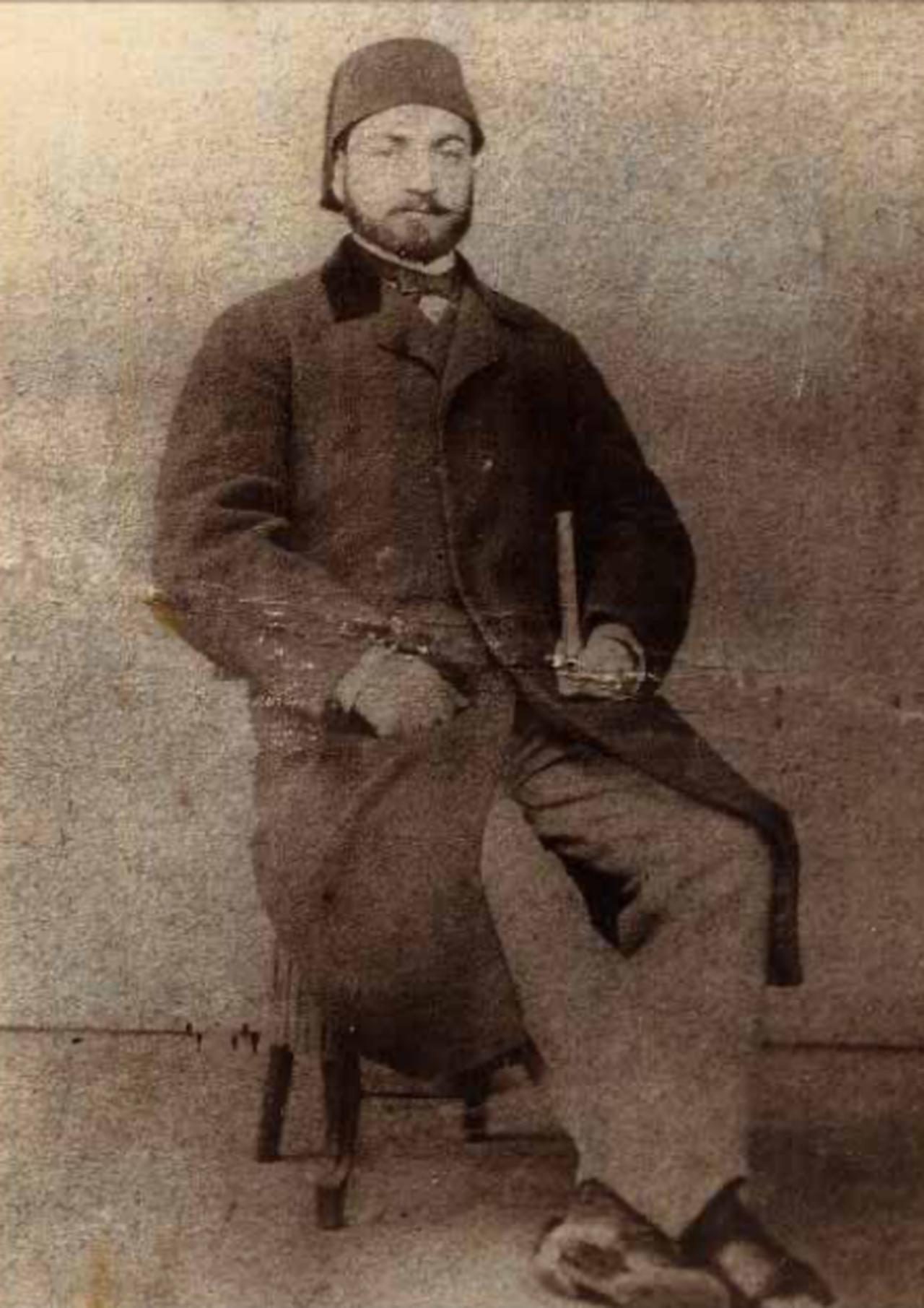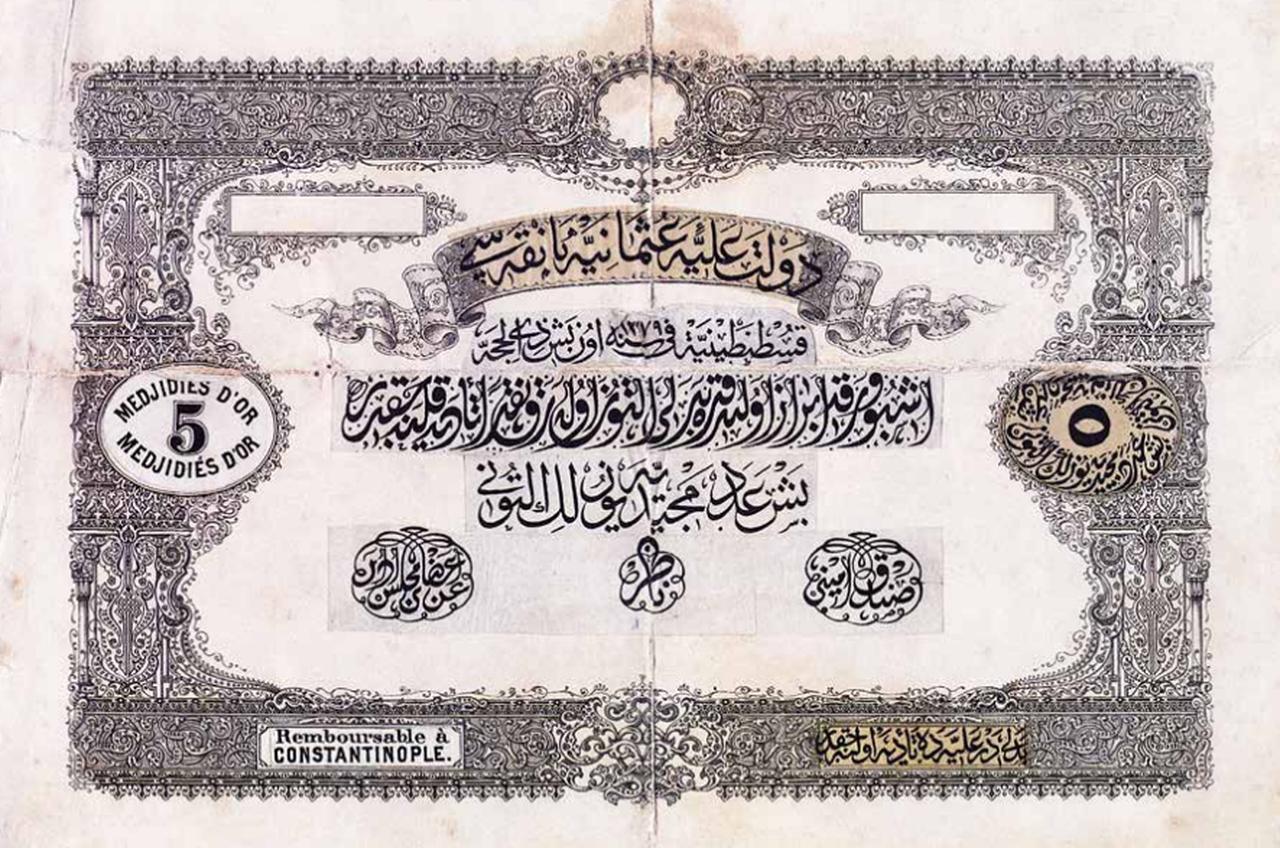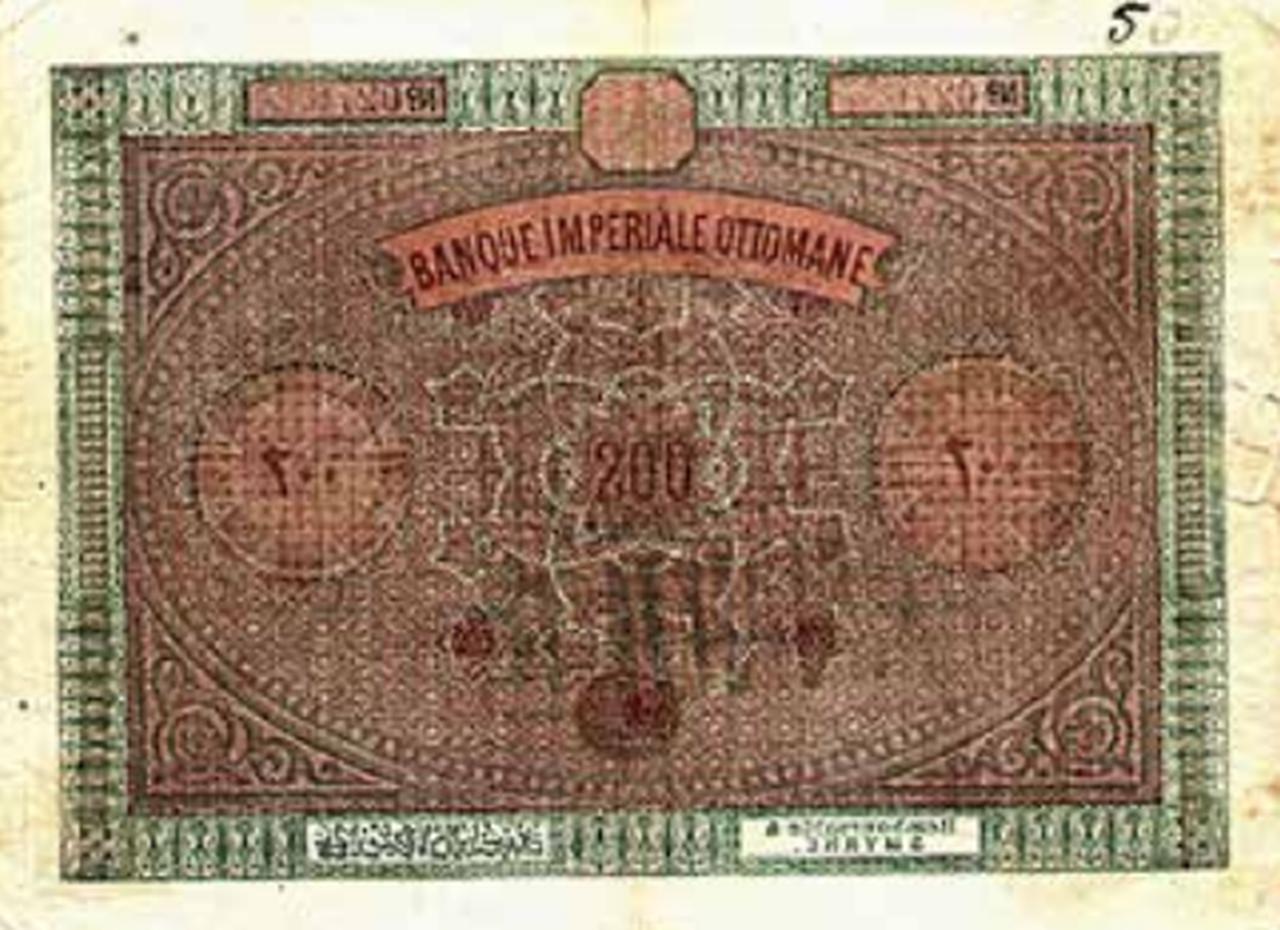
The Ottoman Bank's first paper banknotes, issued in 1863, were not only economic instruments but also masterpieces of art. At the heart of these historic designs stood one of the 19th century’s most versatile artists—calligrapher Mehmed Sevket Vahdeti Efendi. From his pen flowed the visual identity of Türkiye’s earliest monetary symbols. A recent academic study explored this issue in depth.

Vahdeti Efendi, born in Istanbul in 1833, was more than a calligrapher. He was also a painter, engraver, and master of the traditional art of kat’i (paper cutting).
Educated in both Islamic sciences and fine arts, he worked his way through the Ottoman imperial bureaucracy, eventually serving as head of the Nisan Kalemi (Imperial Decree Office). His deep understanding of aesthetics and Islamic geometry made him the ideal candidate to craft official banknotes, seals, and stamps.

Shortly after the establishment of the Ottoman Bank in 1863, Vahdeti Efendi was commissioned to design its very first paper currency. These included notes valued at 200 kurus, 2 mecidiye gold coins, and 5 mecidiye gold coins.
Printed by the renowned British printing house Bradbury, Wilkinson & Co., the banknotes were admired for their intricate calligraphy, detailed engravings, and multi-color design elements that helped combat counterfeiting.

Vahdeti's designs integrated not just aesthetic precision but also advanced security features. For example, microscopic inscriptions reading “Bes adet mecidiye yuzluk altini” (five hundred mecidiye gold coins) appeared on the ₺5 note—visible only under a microscope. He employed diverse styles such as sulus, celi divani, and rika, blending them seamlessly with European motifs to reflect the Ottoman Empire’s evolving visual language.

To finalize the details of these financial instruments, Vahdeti Efendi was dispatched to Paris and London, where he worked alongside Western experts.
The multilingual nature of Ottoman currency (in Ottoman Turkish, French, and English) added layers of complexity to his work. Correspondence from the period reveals how his involvement ensured both linguistic and aesthetic accuracy in the final products.

The blue 5 lira banknote, one of his most iconic works, remained in circulation until 1914 and is considered the most successful Ottoman banknote ever printed.
His other contributions, including engraved seals for Sultan Abdulaziz and personalized items for foreign royalty, showcase his global artistic footprint.

Though Vahdeti Efendi passed away in 1871 at just 38 years old, his legacy endures. His fusion of traditional Ottoman calligraphy with the demands of modern statecraft set the stage for future generations of designers and calligraphers in Türkiye.